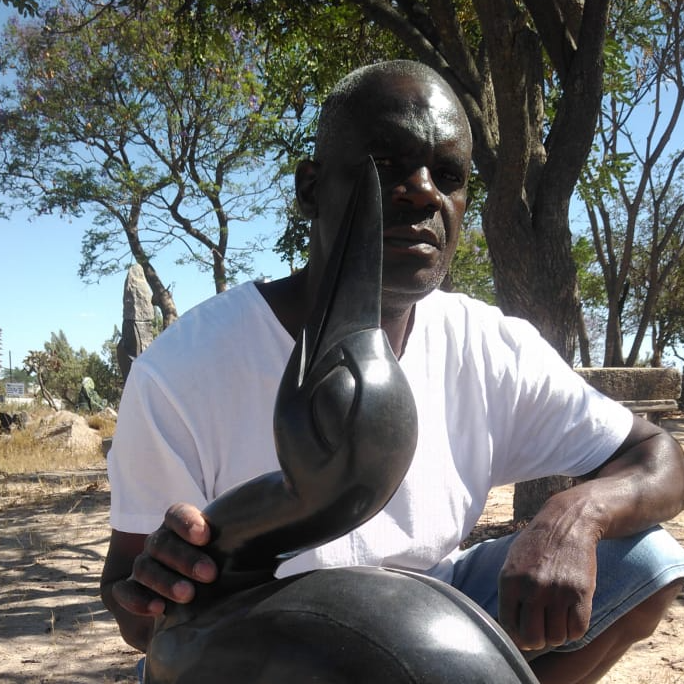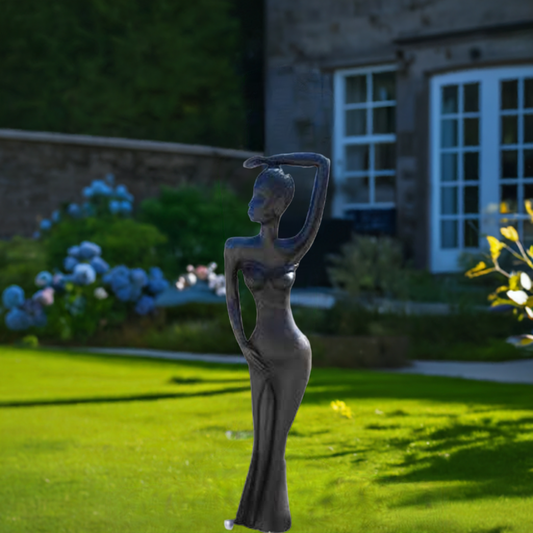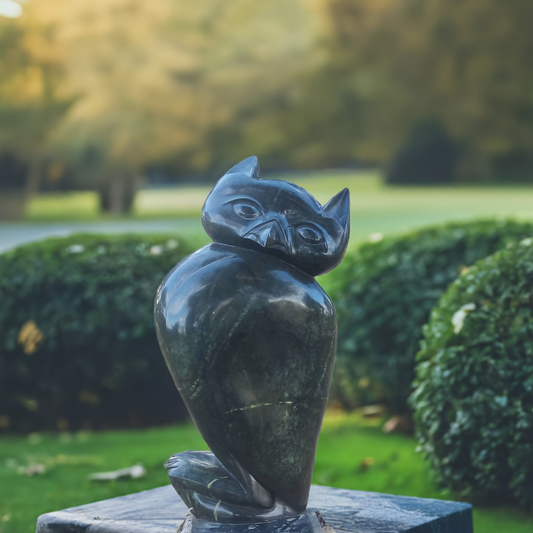Sydney Majengwa: Artist Biography
Sculptor Reviving Shona Values Through Stone

Sydney Majengwa
Born in Bulawayo, Zimbabwe, in 1972, Sydney Majengwa began his journey as a sculptor under the mentorship of the late Biggie Kapeta. He quickly realized that his artistic mission was to reincarnate traditional Shona values, which have been eroded by modernization and globalization. His work seeks to reflect and preserve the cultural heritage of Southern Africa.
In the early 1990s, Majengwa worked at a stone mine, which eventually led to an introduction to the renowned Chapungu Sculpture Park. There, he collaborated with the legendary Bernard Matemera, whose advice—"sculpt what you feel in a way that is completely yours"—shaped Majengwa's unique approach to stone carving. He initially focused on creating heads and owls, but his mastery of the human form, especially in his torso sculptures, elevated his standing as one of Zimbabwe's most notable sculptors.
At Tengenenge, a vibrant community of artists, Majengwa became known for his elegant double torso pieces, often made from exotic and colorful fruit stone. His work at Chapungu Sculpture Park, including large-scale outdoor sculptures, delves into modern social issues, particularly the complexities of marriage. One of his most significant pieces portrays a husband as both an authoritative figure and a devoted spouse, while his wife embodies the spirit of defiance and preservation of traditional values, symbolized by Nehanda, the legendary woman who fought to safeguard spiritual beliefs.
Majengwa predominantly works with opal stone, which he sources from a mine in a place called Chiweshe. The pale green hue of opal allows him to meticulously detail his sculptures, particularly in his outdoor works. His sculptures often explore the interplay between tradition and modernity, with one of his most notable pieces, an opal owl, symbolizing the role of witchcraft in African culture. The owl, with its horn-like feathers and mysterious eyes, serves as a powerful representation of ancestral beliefs.
A devoted member of the Guta Ra Jehovah Apostolic Church, Majengwa’s Christian faith does not diminish his respect and understanding of African traditions. His sculptures serve as a bridge between the past and the present, celebrating the enduring values of his heritage while addressing contemporary social issues.










